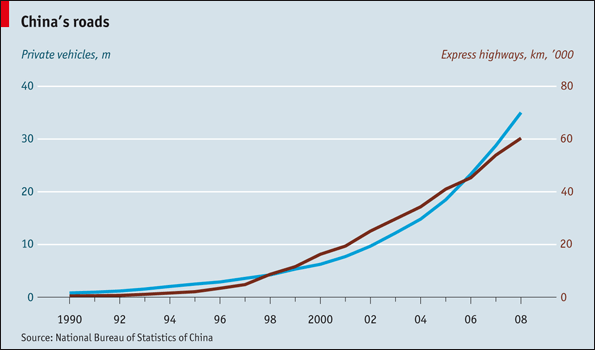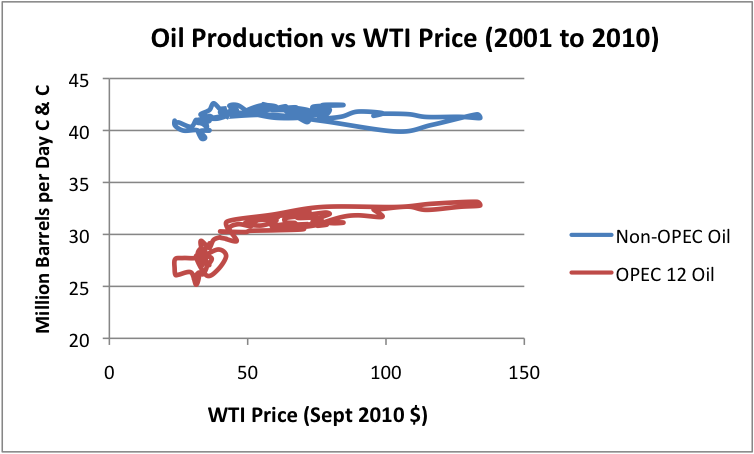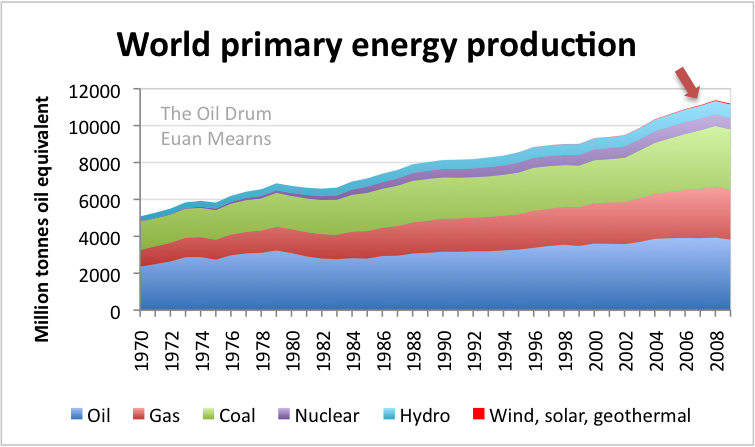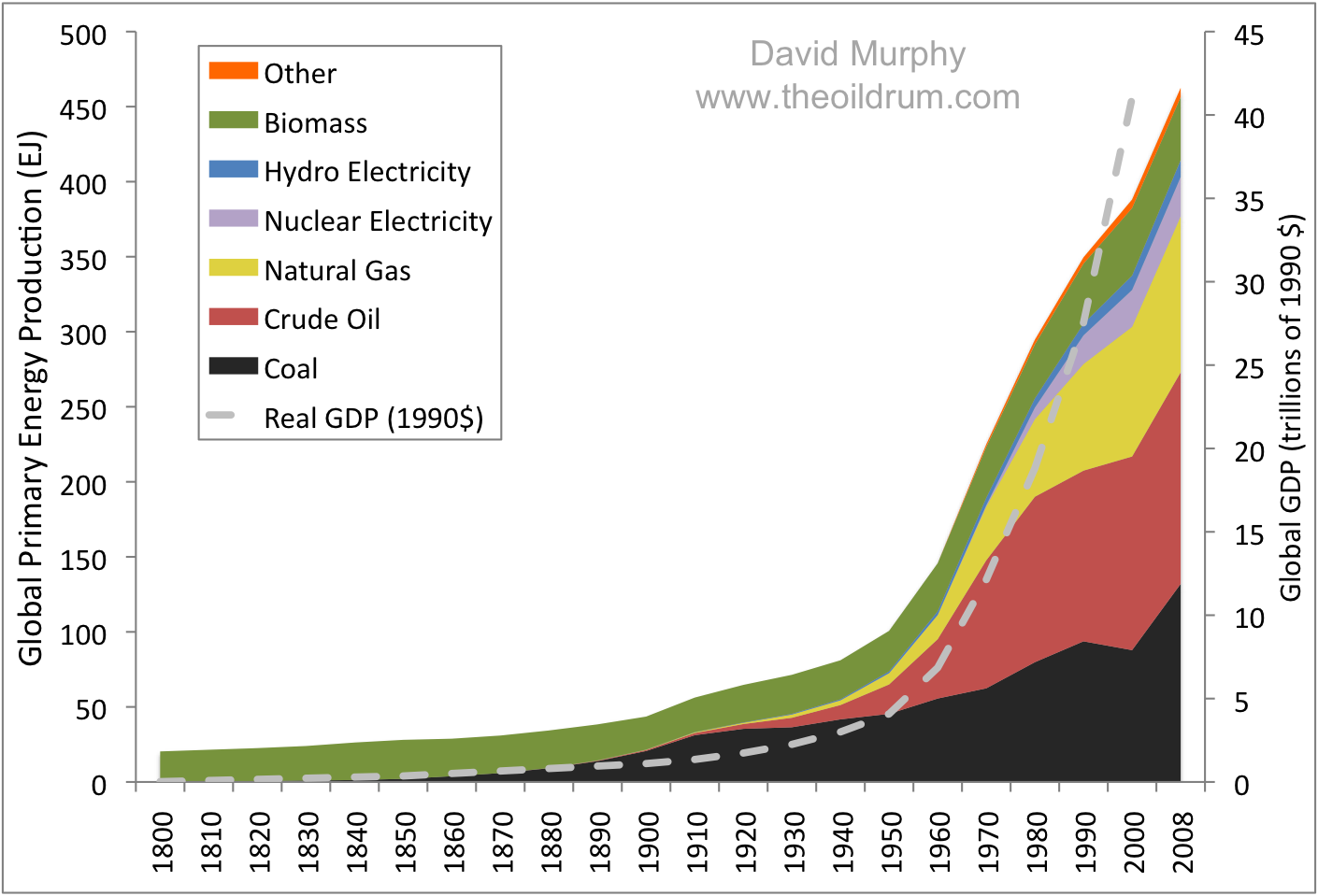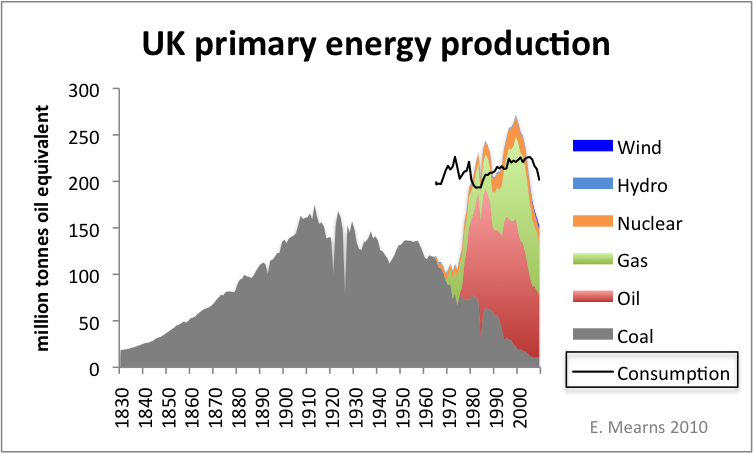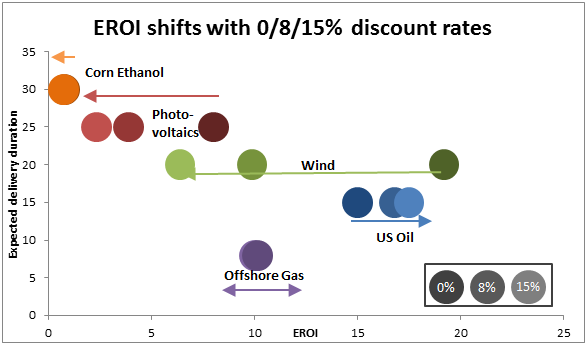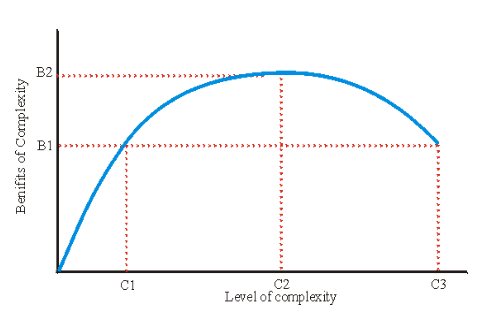Pure Drive: Nissan’s alternative path to low CO2

The HR12DDR version of Nissan’s 1.2-L inline triple features direct fuel injection with two injectors per cylinder and an Eaton-supplied Roots supercharger. The engine operates on the Miller combustion cycle to achieve sub-100 g/km efficiency.
The electric car dawn may be fast approaching at Nissan, but the recently introduced 2011 Leaf EV represents only one of the company’s two-pronged vehicle strategy. The other part of the plan is “Pure Drive,” aimed at developing vehicles with high-efficiency internal-combustion engines (ICEs), transmissions, and hybrid systems.
The new March, known internally as K13, is the first of the Pure Drive efforts. According to Chief Vehicle Specialist Tsuyoshi Kobayashi, the car surpasses what he calls the “Magic 20” mark, a measure of the car’s efficiency. The “20” part refers to 20 kilometers per liter of fuel consumed, as measured on Japan’s rather optimistic 10/15-mode urban cycle. The new March achieves a claimed 26 km/L (about 61.5 mpg)—best in its class in the Japanese market.
In terms of fuel efficiency, the new March exceeds that of many Ka-class (660-cm3) mini vehicles. The achievement was “fervently wished for by our customers, dealers, and more so by us,” said Kobayashi, who is responsible for the car’s new V platform (the V stands for versatile).
CVTC, dual injectors are enablers
The car’s CO2 emissions are 114 g/km, as measured by the UN ECE 101 standards. Yet Nissan wanted to challenge two-digit CO2 numbers of the latest European diesel small cars with a gasoline engine model. It does so with the new European Micra, made in India and powered by a special HR12DDR version of the HR12 engine family. The car achieves a remarkable 95 g/km.
The new Micra’s 1.2-L three-cylinder engine is armed to the hilt with technology. It features direct fuel injection, an Eaton Roots-type supercharger, dual continuously variable cam phasers for valve timing control (CVTC), sodium-cooled exhaust valves, hydrogen-free DLC (diamond-like coating) piston rings, and oil jets for cooling the undersides of the piston crowns.
A Nissan engineer confided that the new gasoline engine is still less expensive than a comparable small-displacement diesel equipped with high-pressure common-rail injection, variable-geometry turbocharger, and a complex exhaust aftertreatment.
The HR12DDR operates in the Miller (Atkinson) cycle. The enabler is the dual CVTC allowing late intake valve closing, thereby greatly reducing pumping loss. A high-compression ratio of 13:1 is quoted; however, it is really the Miller cycle’s expansion ratio that is comparable to a +9:1 compression ratio in a conventional engine.
The supercharger, equipped with an on/off clutch, is employed under heavier load and high rpm, staying dormant otherwise.
The supercharged HR12DDR produces power and torque equivalent to a naturally aspirated 1.5-L engine, according to Nissan. In its initial high-performance and super-frugal application in the Micra, a manual transmission and the Xtronic CVT with sub-geartrain will be offered.
Another new Pure Drive development is found in the Japan-market Juke, which is powered by an updated version of the HR15DE DOHC 1.5-L four-cylinder that was first introduced in 2004 in the Japanese Tiida (Versa). While inheriting the same designation, the new engine features significant changes.
First, it employs dual injectors per cylinder. The original HR has a single injector with 12 holes—six each injecting into one of the two intake ports. In the new engine, each of the intake ports has its own injector with 18 miniscule holes. As in the HR12DE triple, the straight port design that promotes charge tumble has replaced the double-deck version fitted with tumble-generating flap valve. Reduced air resistance brings a gain of about 4 kW (5.4 hp), according to Nissan.
The dual-injector HR15DE is equipped with dual CVTC, vs. the original engine’s intake-only version. The addition of phasers on both camshafts enables later exhaust closing and earlier intake opening, increasing overlap during steady-state operations, thereby reducing induction resistance. The dual CVTC also allows a late intake valve closing during idling, in a semi-Miller-cycle manner. This reduces pumping losses.
Using a high 10.5:1 compression ratio (and still content with regular grade gasoline), the dual-injector HR15DE produces 84 kW (113 hp) at 6000 rpm and 150 N·m (111 lb·ft) at 4000 rpm. The Japanese Juke is equipped with the Xtronic CVT with a sub-geartrain, providing a wide ratio span of 7.3.
A high-performance, all-wheel-drive model in the Juke range is powered by the new MR16DDT direct-injection, turbocharged engine. The MR is Renault-Nissan’s midsize inline four-cylinder engine family covering 1.6 to 2.0-L displacements. The 1.6-L MR16DDT produces 142 kW (190 hp) and 240 N·m (177 lb·ft).
Nissan is pursuing a vigorous downsizing path via direct injection and supercharging, the foremost and most determined effort among the Japanese OEMs.
The MR16DDT-powered Juke will be equipped with an advanced all-wheel-drive system with rear torque-vectoring facility.
Another new Nissan engine, the MR9R, is a diesel member of the MR family. It is an original Renault design that Nissan worked on to meet Japan’s Draconian exhaust-emissions requirements. Thus powered, the X-Trail compact CUV is the only Japanese market entry to satisfy the regulations and be commercially offered in the country. (The only other “qualified” diesel passenger car at this time is the Mercedes-Benz E350 BlueTEC.)
The X-Trail exhaust aftertreatment system employs a new lean-NOx trap (LNT) catalyst, which Nissan claims is a world first in terms of its practical use. A long-awaited six-speed automatic transmission is now available in the diesel X-Trail.
7-speed hybrid transmission
The production version of a Pure Drive hybrid made a fall debut in the Nissan Fuga/Infiniti M luxury sedan. The system, previously detailed in AEI, is a parallel hybrid featuring a single motor and lithium-ion battery pack. The propulsion system comprises (as viewed from the front of the car) the VQ35 3.5-L V6, a single dry-plate clutch, an electric motor, and a JATCO seven-speed planetary gear automatic transmission.
The forward single dry-plate clutch (clutch No. 1) and the automatic’s rear clutch (clutch No. 2) are used to alternate between electric, ICE, and electric/ICE combined and regenerative modes.
The single-plate dry clutch (not unlike that in a manual gearbox car) and motor occupy the space previously occupied by the torque converter, thus fitting within the same transmission length. In fact, the hybrid transmission is based on Nissan-JATCO seven-speed automatic.
As sampled by AEI at Nissan’s Japan proving grounds, the car moves off the line and shifts through gears electrically, and at up to 70 to 100 km/h (43 to 62 mph), with the ICE cut off. Clutch No. 1 engages on the fly and starts the engine, determining engagement based on appropriate speed, load, and SoC (state of charge) in the process.
Nissan’s fleet-test program in the Los Angeles area, with each session lasting a week and including frequent freeway trips, showed that the car ran 59% of the time with the engine off—i.e., either running electrically or coasting/regenerating.
Nissan reports that fuel consumption was on par with a compact 1.8-L car while providing better than 3.5-L V6 on-road performance.
Jack Yamaguchi
Original article available here: http://www.sae.org/mags/AEI/9194

